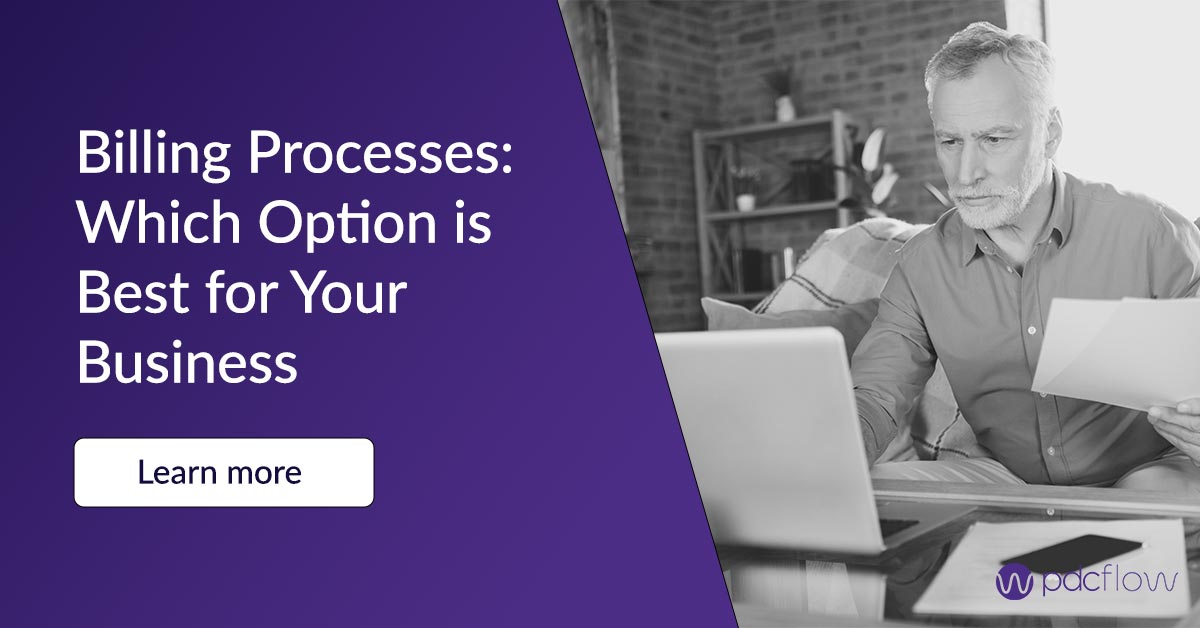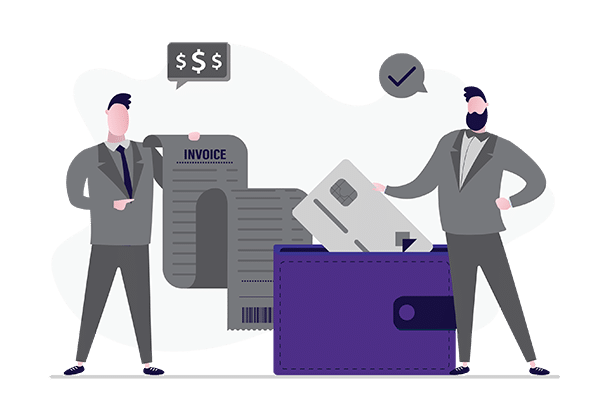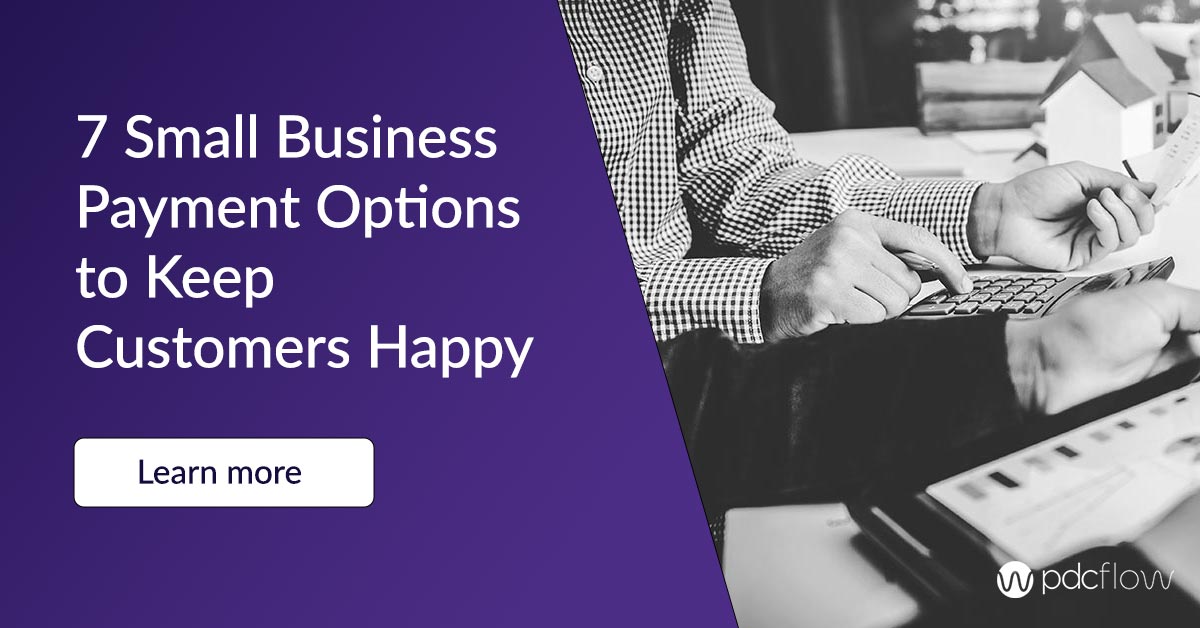Small business financial management helps business owners, operators and managers know where money is being spent and how much profit is coming in.
Without a background in accounting or bookkeeping, it can be hard to know the best way to manage small business finances – or even to understand the common terms, reports and tactics used.
This glossary will help you learn more about the vocabulary and best practices of small business financial management.
Basic Financial Management Terms
Before learning what types of financial reports to use or how to determine your company’s financial health, you should first know the basic language of finance. Here are some of the common terms used in small business financial management.
Accounting
Business accounting requires specialized knowledge, training, and certifications. Accountants often work on forecasting finances for small businesses, give advice, prepare special reports and help companies file taxes.
Bookkeeping
Bookkeeping comes before accounting in small business financial management. It is the process of recording your company’s financials and creating and analyzing reports using that financial information. Some accounting firms also offer bookkeeping services for companies that don’t have an internal bookkeeper.
Assets
Assets are anything of value your company owns. This can include:
- Cash in your registers
- Money in your merchant account
- Vehicles
- Heavy machinery
- Technology like laptops, computers, smartphones, tablets, etc.
Physical assets like vehicles and technology can depreciate in value over time. Finding the current value of these items may require a conversation with an accountant.
Liabilities
Liabilities are anything your company owes. This can include:
- Payroll
- Bills to vendors
- Quarterly taxes
- B2B transactions, like business credit card charges made for assets
Equity
Equity is how much your business is worth. This is calculated by subtracting liabilities from assets.
Income
Money coming into your business, typically tracked by category. This should include every stream of revenue for your company, including things like:
- Product sales from retail locations
- Sales from your own storefront
- Online sales from your corporate website
- Catering, special event, or convention sales
Expenses
Any money going out of your business, typically tracked by category. This should include things like:
- Rent on the building you operate from
- Equipment you use to create your products or do work
- Materials you use to create your product or service
- Utility bills (water, gas, electricity, internet)
- Software required to run your business
Cash flow
Cash flow is the amount of money coming in and going out of your business. Cash flow can be positive or negative.
For example, if your expenses stay the same each month but sales are increasing, your company will see a positive cash flow. If you are spending more money than you are bringing in, this would be negative cash flow.
Small Business Financial Management Reporting
Reports are essential to managing small business finances. Without reports, you won’t know if your business is growing, stagnant or losing money.
Chart of accounts
This is the complete list of accounts for a company. These accounts can also be defined as the different groups of financial information that exist within a company.
Balance sheet
The balance sheet is one of the core reports used to monitor a company’s financial performance. It lists assets and liabilities, line-by-line. After reporting everything a company owns (assets) and subtracting everything owed (liabilities), the balance sheet shows how much a company is worth (equity).
General ledger
The general ledger is the document where you record all income and expense information for your business, typically via spreadsheet.
The point of the general ledger is to ensure you have all of your data available in case you need one individual piece of information.
Trial balance
This financial management report groups information from the general ledger by type, so it is easier to understand where your company is spending and making most of its money. For example, a company may group water, gas, electricity and internet charges as utilities.
Income statement (Profit and loss or P&L statement)
The profit and loss statement is an important part of business finance management. This is the report that helps you know if your organization is turning a profit. It is typically broken down by a short period of time – monthly, quarterly or annually.
How to Determine Profit
Revenues or income – cost of goods sold = Gross Margin – expenses (for operations) = operating margin or ordinary income (profit)
Accounting Methods
In small business financial management, there are two accounting methods to choose from: cash accounting and accrual accounting. Whichever method you choose, make sure you do not change back and forth between the two. Otherwise, you risk causing issues when filing your taxes.
Cash accounting method
Cash accounting is when income and expenses are recorded once the money is actually received or spent. In the cash accounting method, no transactions should be recorded until this point. For example, if utilities for the month of May are due in June, the expense wouldn’t be recorded when the bill was received. It would be recorded when the payment was actually completed.
Accrual accounting method
Accrual accounting involves recording income as soon as it’s earned. For example, when an invoice has been created but isn’t due to be paid yet, it would still be recorded once the customer agrees to pay.
Analyzing Small Business Financial Health
After creating your financial reports, you need to know how to use that data to make future decisions for your business.
Your company should be making a profit and have a healthy cash flow each month. Beyond this, there are a few other ways to know your organization is doing well.
Breakeven point
The breakeven point tells you when you will begin making a profit. You determine this by calculating how much total money it costs to operate your business. Once you make more profit than the number calculated, your company has reached the breakeven point.
Benchmarking
Benchmarking is a process of comparing your company’s performance to the performance of similar organizations. For example, if your company’s operating costs are higher than similar businesses in your area, you may evaluate where you can reduce your own costs.
Small businesses associations often have benchmarking programs and access to data that can help evaluate your company’s performance.
Return on investment (ROI)
Return on investment is typically used to determine whether the expenses you incur are worth spending money on. ROI can be calculated by department, project, an individual product, etc.
Financial Management Tips for Small Business
Every company needs to keep track of finances. Whether your organization is a startup, growing, or in any other stage of the business lifecycle, it’s important to know how much money the company is bringing in and where there may be excess spending.
Monitor reports regularly
The most important part of small business financial management is to make adjustments based on what you learn. Read your reports regularly to find patterns and outliers in the data and to stop yourself from being taken off-guard.
Keep operating expenses low
This tip sounds simple but even small expenses can add up. Tracking monthly spending on supplies, equipment, utilities and more can help you recognize anomalies or show you where you may be wasting money.
Be strategic with your budget
Budget cuts won’t always solve your problems or make you higher profits. Some business expenses are necessary. Without them, you may actually harm your business more. Be strategic with your spending. Sometimes you will need to budget more for departments like customer service, quality control and marketing in order to make higher profits.
Reduce late payments from customers
One of the simplest ways to make more money is to make sure customers are paying their bills. Companies that offer products or services ahead of taking payment can struggle to get invoices paid on time.
Billing and payment software can simplify the customer experience to make it faster and easier for customers to pay a bill. Better processes mean fewer hurdles to paying an invoice, helping you get paid on time.
Do you want actionable insights, tactics and expert advice to improve the payment experience and create better cash flow for your organization? Subscribe for weekly updates or to our monthly newsletter.







